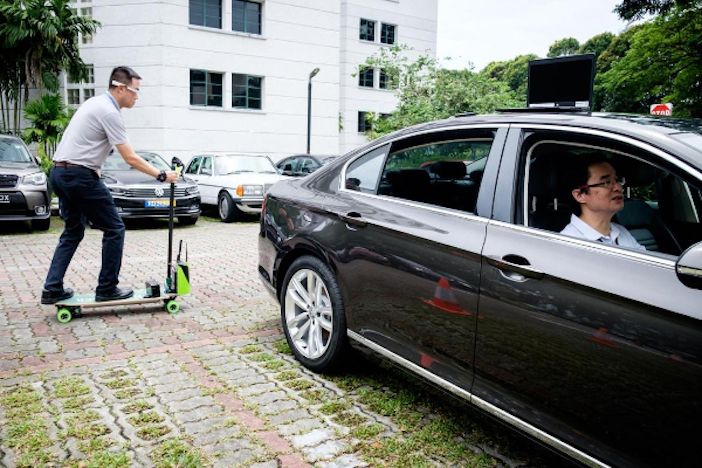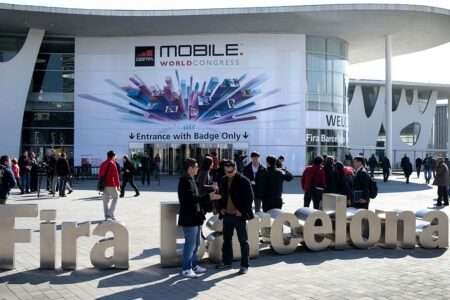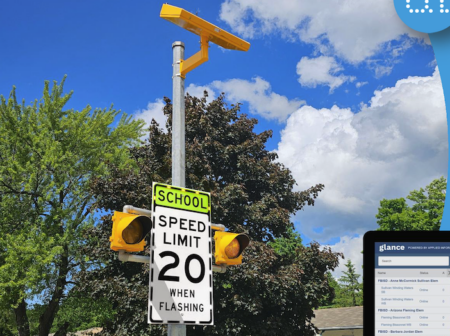Singapore’s Nanyang Technological University (NTU) has announced that it will be working with several industry partners to integrate cellular communication into vehicle-to-everything (V2X) technologies, as part of its upcoming research in the smart mobility sector.
Different vehicular communications technologies will be studied, including dedicated short-range communication (DSRC) V2X, and cellular-V2X (C-V2X) using existing 4.5G and the upcoming 5G mobile networks, to improve the data transmission speed and radio coverage distance for communication between vehicles and infrastructure, paving the way for faster notifications and warnings.
Starting next year, NTU will work with industry partners to study these technologies, how they can complement each other, and be explored for use in connected and autonomous vehicle (CAV) prototypes, and traffic infrastructure. These vehicular communications will be used to relay real-time navigation, traffic and hazard warning information to vehicles in advance.
Launched in 2015 in partnership with NXP Semiconductors, the NTU-NXP Smart Mobility Test Bed turned the university’s campus into a V2X-enabled facility for researching and testing secure, smart connectivity and mobility solutions. These are aimed at improving traffic flow in cities, preventing road accidents, and enhancing the user experience for multi-modal mobility services.
The campus-wide V2X network consists of 70 vehicles equipped with a smart onboard unit (OBUs), 35 roadside units (RSUs), and 82 video cameras mounted on streetlamps throughout the site, which are connected to a 24/7 ‘always on’ data center capable of handling live street-view video and V2X data collection.
At a showcase event to mark the launch of the new initiative were four live demonstrations of V2X technologies trialled and developed in partnership with industry consortium members NXP, Cohda Wireless, Continental and Panasonic. These were:
• A V2X early warning system that showed how a car could notify fast-approaching vehicles if its doors were being opened, or it was disabled along an expressway, or when there is a car coming out of a side road. Another function was a combined Green Wave and GLOSA (Green Light Optimized Speed Advisory) system in which vehicles receive data from upcoming traffic lights;
• A system developed by NTU, Continental and Schaeffler that uses V2X communication to connect vehicles to users of personal mobility devices (PMDs) such as e-scooters or e-bikes, allowing them to detect one another, lowering the risk of an accident when visibility is low or blocked;
• Cohda Wireless’ V2X-Locate positioning system that beats GPS blackspots by using the vehicle’s OBU to communicate with RSUs at known locations to offer 1m accuracy 95% of the time;
• Panasonic’s ultrafast V2X communication for intelligent transportation systems that, unlike conventional 5.9GHz V2X systems, uses the 60GHz frequency to download extremely large files in split seconds even while the vehicle is moving, enabling transmission of high-definition video or maps for CAVs.
“We are well-positioned to advance smart mobility solutions on our Smart Campus together with its industry partners from the communications, electronics and transport sectors,” noted NTU’s vice president of research, Professor Lam Khin Yong.
“Employing cellular communication and integrating them into existing V2X technologies for mobility can help to reduce traveling time, minimize the risk of serious accidents, and optimize road usage for a densely populated urban city like Singapore.”





